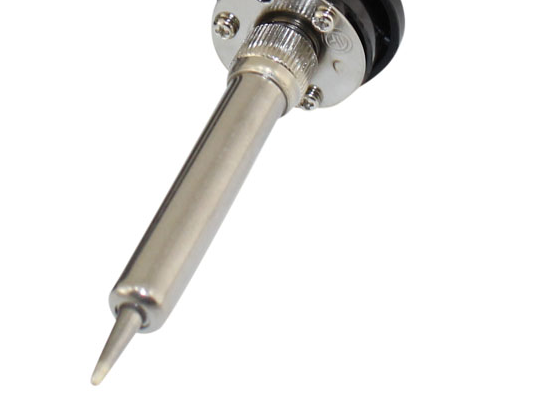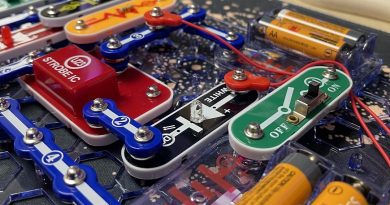Soldering Jewelry Overview
Soldering is a confusing topic for people who are new jewelry making. There are two totally different ways to solder that use different types of soldering equipment, but few people ever specify which method they’re talking about.
Solder is a metal alloy which you melt to coat or connect metal pieces — if it helps, think of solder as hot metal glue. The act of soldering is melting and applying solder. The two aforementioned methods of soldering are soldering with a torch and soldering with a soldering iron.
Torch soldering is also known as “hard soldering,” “brazing,” or “silver soldering” even though brass, copper, gold, and other metals can be soldered with a torch. There are multiple grades of hard solder — soft, medium, and hard — which melt at different temperatures.
You can solder base metals, like pewter, and plated metals with a soldering iron, which is known as soft soldering. Soft solder has a relatively low melting point. Never use a soldering iron to work on precious metals because you will ruin the jewelry. Silver and gold jewelry must be torch soldered.
Successful soldering involves heating the metal pieces — not just melting the solder — meaning that if a piece of jewelry is large or thick, chances are it was torch soldered.
Soldering irons are not all the same. There are a wide variety of irons available, but the majority are not designed for making jewelry. The most important features to look for are wattage and the type of tip. Look for a sixty-watt chisel-tip soldering iron (you can also buy soldering iron tips separately).
Soldering irons with pointy tips are designed for small electronics like circuit boards and aren’t appropriate for working with jewelry, unless you replace the tip. Soldering irons with fewer than sixty watts may not heat up sufficiently. Use lead-free solid-core solder and avoid solder with acid or rosin cores. Solder needs flux, which is sometimes included with solder, to melt and flow.
Now that you understand how soldering works you can use one of the many online tutorials to start making your own custom jewelry.



